In Photos: Searching for Amelia Earhart
Searching for Amelia

The disappearance of aviators Amelia Earhart and Fred Noonan has been an unsolved mystery for nearly 80 years. "The Earhart Project," organized by The International Group for Historic Aircraft Recovery, or "TIGHAR," is exploring Nikumaroro, an uninhabited island in the Republic of Kiribati, in the western Pacific Ocean, where Earhart is thought to have made an emergency landing. The project's team members, including scuba divers, remotely operated vehicle operators and land explorers, have been recording their daily activities and thoughts online, with accompanying photographs. [Read full story about the new search expedition]
Map
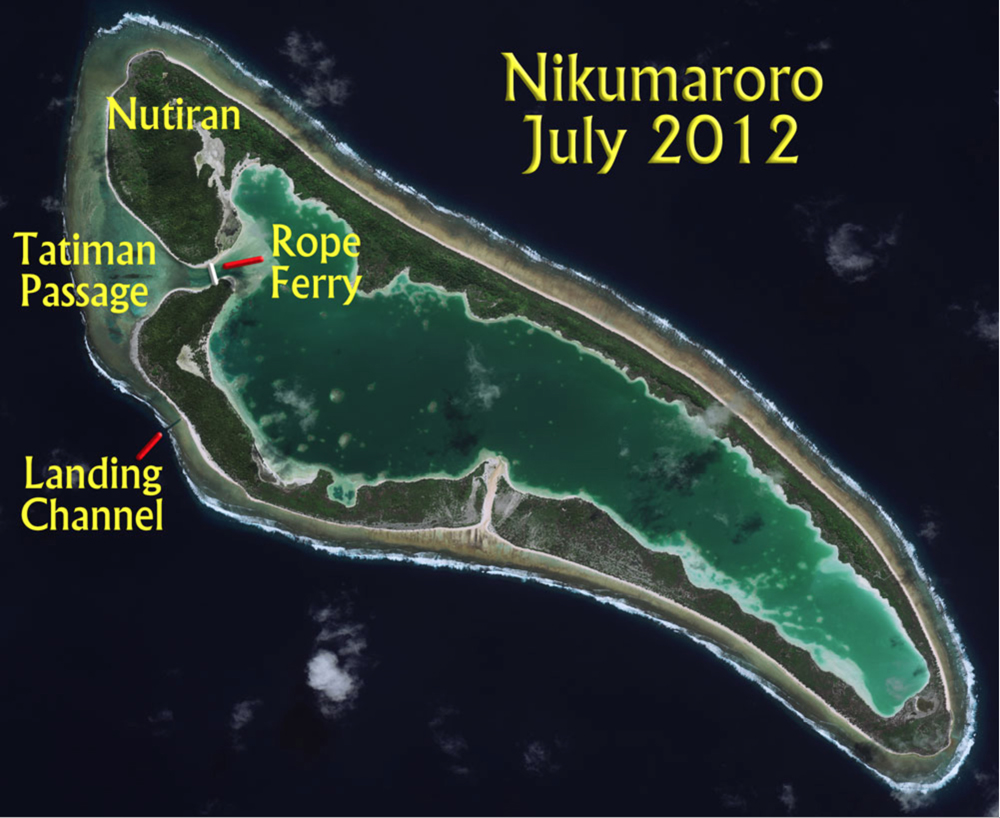
Satellite photo of Nicumaroro taken July 2012.
Exploring
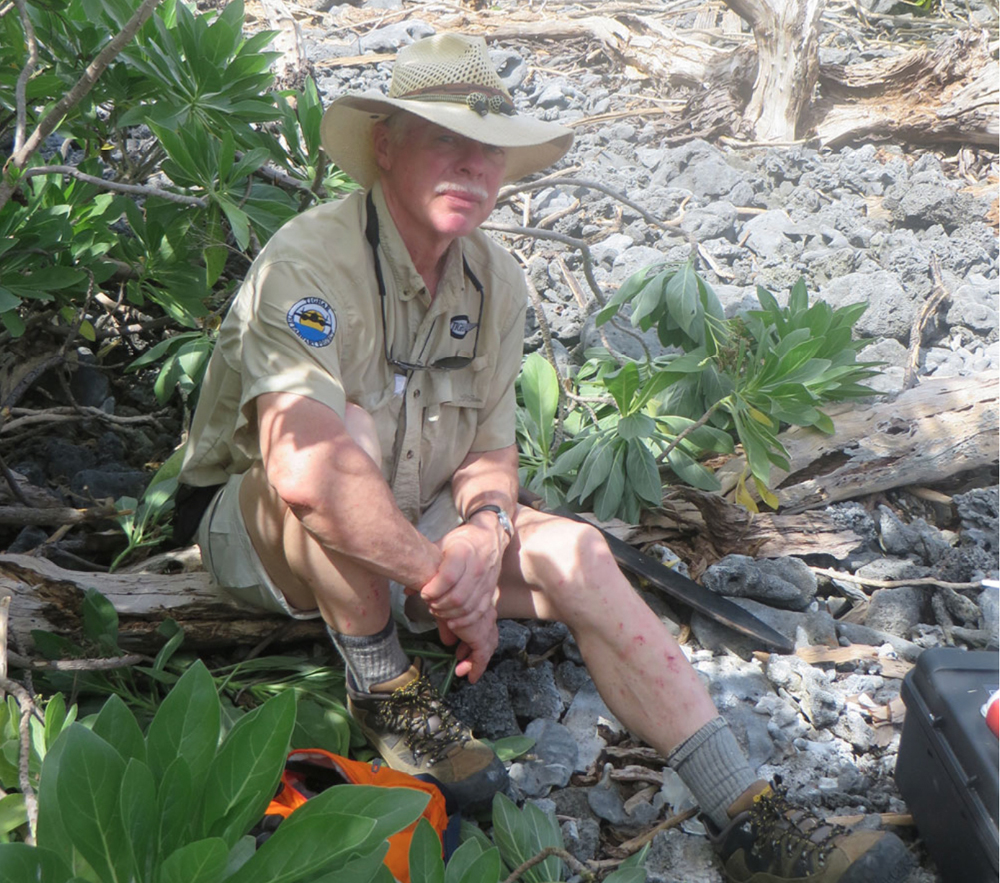
Team member Ric sitting in the coral rubble during the second week of the expedition.
Teamwork
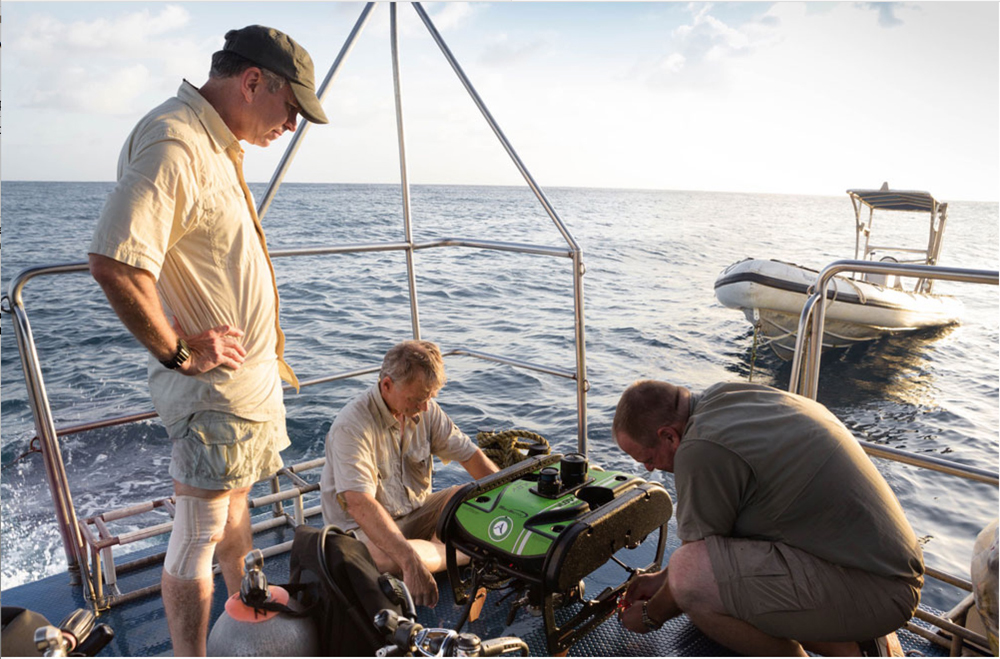
Members of the ROV team working on the vehicle.
Itinerary
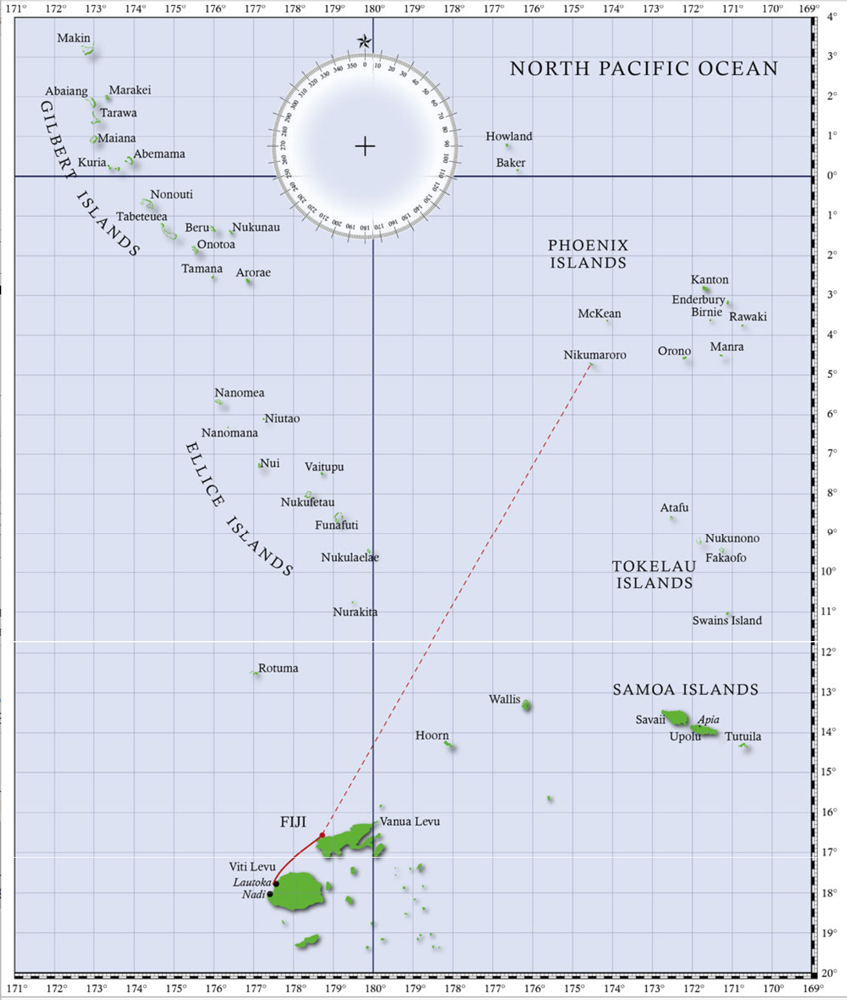
Plotted course from Figi to Nikumaroro in the North Pacific Ocean.
Scuba

The dive team looking for plane wreckage among corals and fish.
Off to investigate
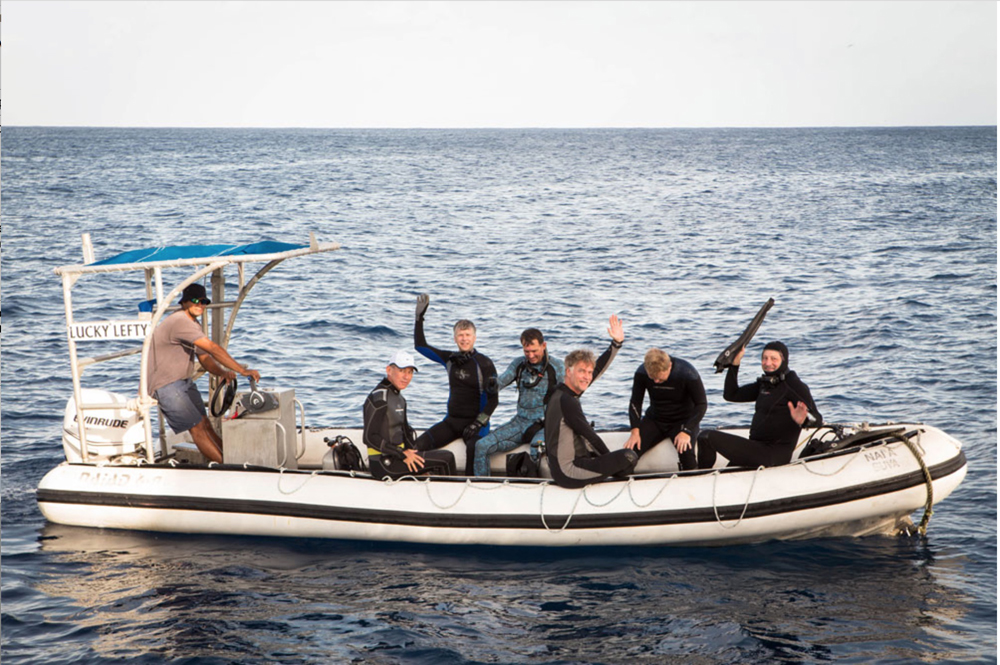
The dive team before they attempt three dives 140 feet deep in the ocean.
Sign up for the Live Science daily newsletter now
Get the world’s most fascinating discoveries delivered straight to your inbox.
Headed to the island
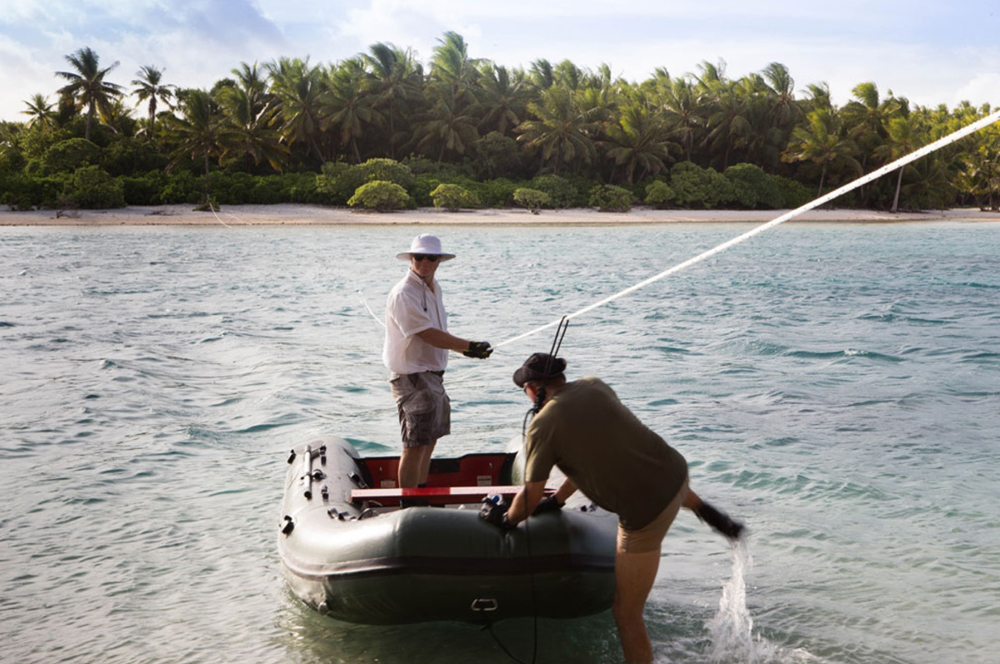
The land team getting in a ferry that will take them to land.
A local
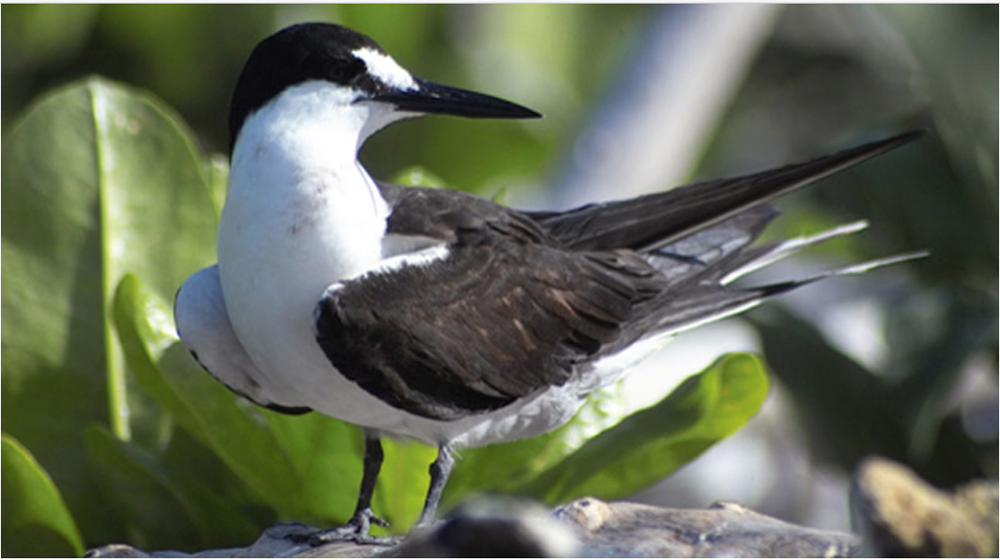
A Sooty Tern on Howland Island.
A different view
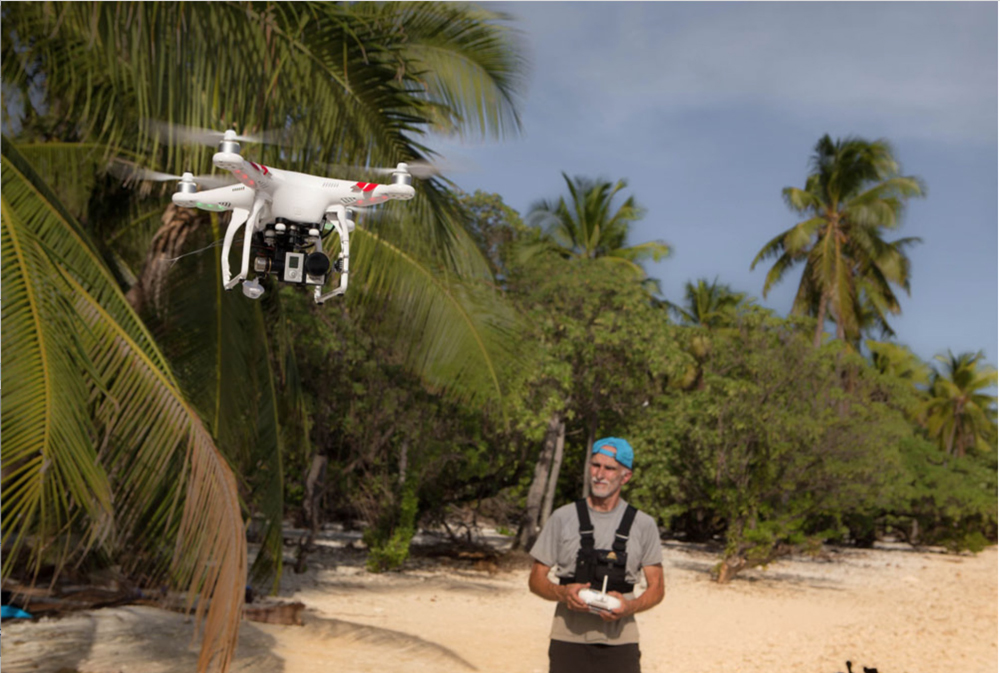
Team member Mark controls a drone on the beach.











